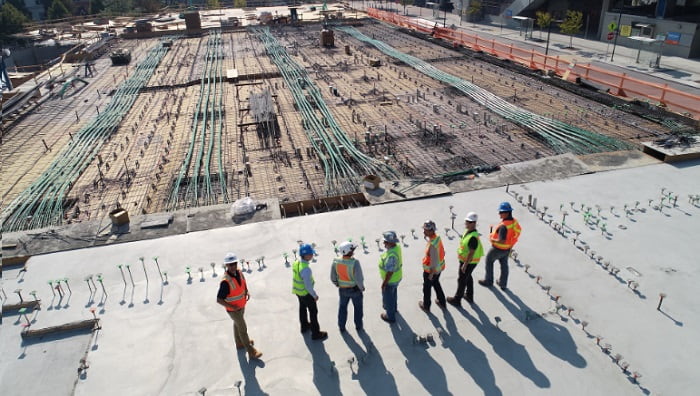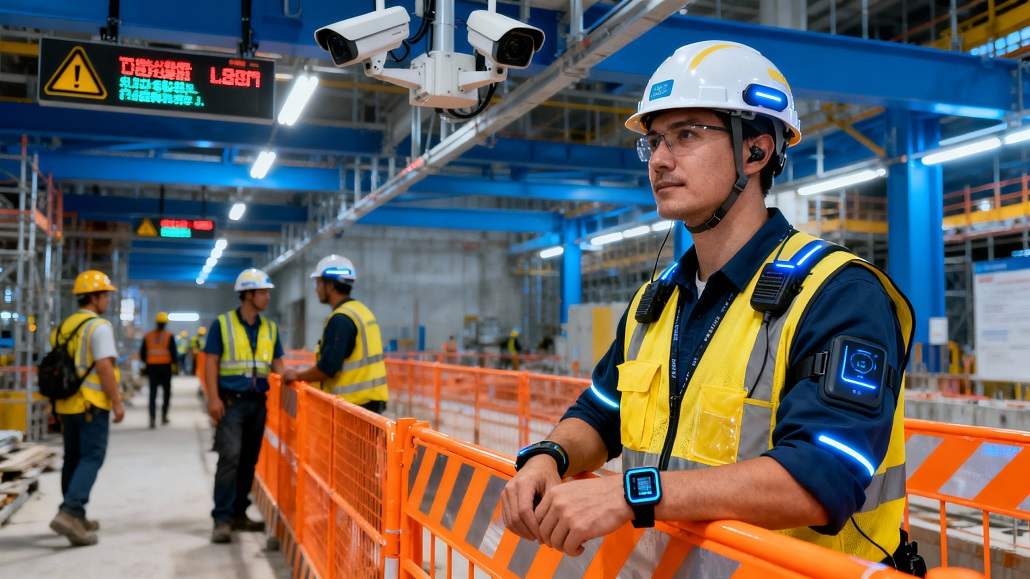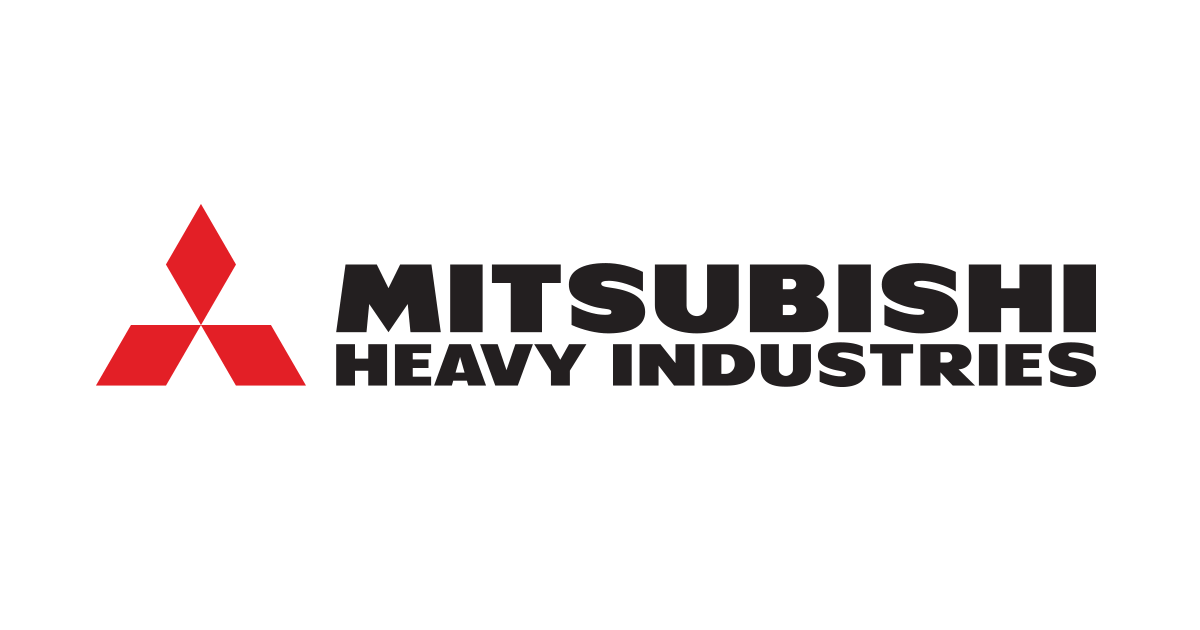How to Boost Collaborative Team Efficiency in Construction
Whether erecting skyscrapers or designing community parks, efficient teamwork can spell the difference between success and costly setbacks. For construction managers and project planners, understanding how to foster collaborative team efficiency is paramount. This article will explore the issues associated with conventional construction practices, examine the impact of technologies like collaborative construction scheduling software, and […] The post How to Boost Collaborative Team Efficiency in Construction appeared first on World Construction Today.

Whether erecting skyscrapers or designing community parks, efficient teamwork can spell the difference between success and costly setbacks. For construction managers and project planners, understanding how to foster collaborative team efficiency is paramount.
This article will explore the issues associated with conventional construction practices, examine the impact of technologies like collaborative construction scheduling software, and discuss tactics that can revolutionize efficiency in team operations.
Challenges in Traditional Construction Collaboration
Traditional construction collaboration faces numerous challenges that can hinder project progress and efficiency. Here are some key issues:
- Communication Barriers: Miscommunication or lack of communication between teams can lead to errors and delays. Different stakeholders may have varying methods of sharing and receiving information, complicating interactions.
- Siloed Systems: Teams often work in separate software systems or databases, making it difficult to share essential data and coordinate efforts effectively.
- Decision-Making Delays: The need for approval from multiple parties can slow down decision-making processes, impacting the overall timeline of a project.
- Limited Access to Real-time Data: Without up-to-date information, teams may struggle to make informed decisions quickly, potentially leading to costly mistakes.
- Inadequate Resource Allocation: Poor visibility into project needs can result in the inefficient distribution of personnel and materials, impacting productivity and budget adherence.
As the construction industry evolves, these challenges become even more apparent. However, with the right strategies and technology in place, teams can overcome these obstacles and improve collaboration for better project outcomes.
Technology’s Role in Enhancing Collaboration
Integrating technology into construction has been a game-changer, bridging communication gaps and enhancing collaboration across all project phases.
Here are some key technological advancements playing crucial roles in transforming teamwork within the construction industry.
Building Information Modeling (BIM):
- BIM allows all stakeholders, including architects, engineers, and contractors, to work on a centralized digital model of the project.
- This 3D model fosters an environment of transparency, enabling real-time updates and modifications, reducing errors and rework.
Construction Scheduling Software:
- Construction scheduling software helps teams plan, coordinate, and manage critical project tasks more effectively.
- These tools offer features such as shared calendars, task assignments, and timeline tracking, enabling all team members to stay on the same page and work towards common deadlines.
- By providing a visual breakdown of project phases and deadlines, scheduling software ensures that resources are allocated efficiently and helps prevent delays.
Cloud-based Project Management Tools:
- Tools like Procore and Autodesk provide a unified platform where team members can access documents, track progress, and collaborate from any location.
- They offer features like task assignment, deadline tracking, and document sharing, which streamline communication and ensure everyone is on the same page.
Mobile Technology:
- Smartphones and tablets equipped with specialized apps allow on-site workers to input data on the go, significantly reducing the time taken to report back to the main office.
- These devices support instant photo sharing, site inspections, and progress reporting, ensuring that all team members have current information.
Drones and Robotics:
- Drones provide aerial views of construction sites, offering insights for better planning and real-time monitoring.
- Robotics can handle repetitive and dangerous tasks, reducing human error and freeing up personnel for decision-making processes.
IoT and Wearables:
- Internet of Things devices and wearables, such as smart helmets and GPS trackers, enhance safety and communication by providing exact on-site locations and monitoring worker health.
- These technologies enable real-time data collection, helping project managers make informed decisions quickly.
By embracing these technologies, construction teams can optimize their workflows, enhance communication, and significantly boost project efficiency and safety, ultimately leading to more successful project outcomes.
Strategies for Boosting Team Efficiency
Strategic planning, adaptive management, and continuous improvement are essential to boost team efficiency in construction. Implementing the right strategies can significantly enhance collaboration, streamline workflows, and maximize productivity on-site.
Clear communication channels
Effective communication is the backbone of collaborative team efficiency. Establishing clear communication channels ensures that every team member is informed and engaged. Utilizing digital workplace platforms or dedicated project management software facilitates seamless interaction among team members.
Regular meetings, whether virtual or in-person, should be scheduled to discuss progress, address concerns, and align on goals. Encouraging an open-door policy, where team members feel comfortable voicing their thoughts or concerns, can also enhance communication and collaboration.
Project planning and scheduling tips
Proper project planning and scheduling set the foundation for efficient teamwork. Construction managers should invest time in creating comprehensive project plans that outline tasks, timelines, and responsibilities. Utilizing Gantt charts or scheduling software can help visualize the entire project timeline and identify potential bottlenecks.
Establishing realistic deadlines that consider the complexities of construction work is essential. Regularly updated schedules keep teams on track and allow for adjustments when necessary, minimizing disruptions and ensuring smooth project execution.
Final Thoughts
The construction industry stands to benefit immensely from the strategic integration of technology and clear communication channels. By leveraging tools like BIM, cloud-based project management, and IoT devices, teams can overcome traditional collaboration barriers and enhance project efficiency.
Moreover, establishing robust communication frameworks ensures that every stakeholder remains informed and engaged, contributing to smoother project execution. As the industry continues to evolve, these practices will be paramount in achieving successful project outcomes.
The post How to Boost Collaborative Team Efficiency in Construction appeared first on World Construction Today.

 machineryasia
machineryasia 

![[Job Story] Bobcat Fleet Constructing Italy’s Largest Agro-Photovoltaic Plants](https://www.heavyquipmag.com/wp-content/uploads/2025/12/bobcat-italy.jpg)





